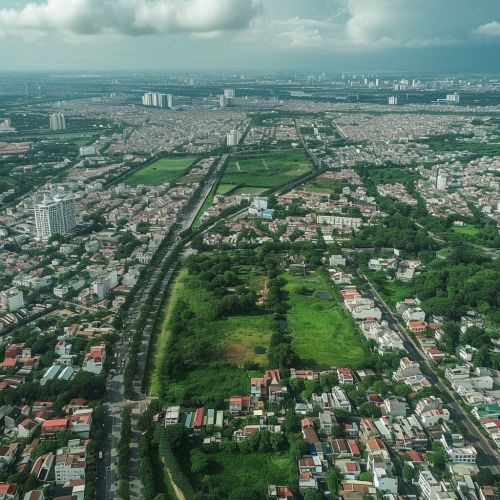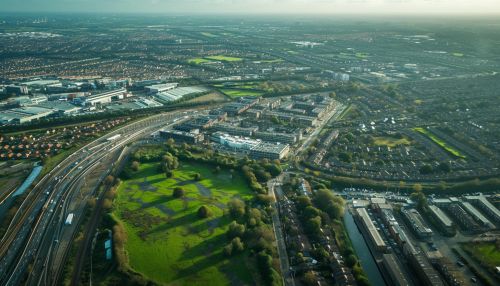Sustainable Urban Planning
Introduction
Sustainable urban planning is a practice that focuses on the development and design of urban areas to promote sustainability. This involves the careful consideration and integration of various factors such as environmental protection, social equity, and economic viability. The goal of sustainable urban planning is to create urban environments that are resilient, liveable, and adaptable to changes over time.


Principles of Sustainable Urban Planning
The principles of sustainable urban planning are guided by the overarching goal of sustainability. These principles serve as the foundation for planning decisions and actions. They include:
- Environmental Stewardship: This principle emphasizes the need to protect and enhance the natural environment. It involves the conservation of resources, reduction of waste and pollution, and promotion of biodiversity.
- Social Inclusion: Sustainable urban planning seeks to promote social equity by ensuring that all residents have access to resources and opportunities. This includes affordable housing, quality education, and healthcare.
- Economic Prosperity: This principle focuses on promoting economic growth and stability. It involves creating job opportunities, promoting local businesses, and ensuring financial viability of urban projects.
- Resilience: This principle involves designing urban areas that can adapt to changes and recover from disturbances. This includes the ability to withstand natural disasters and adapt to climate change.
Approaches to Sustainable Urban Planning
There are several approaches to sustainable urban planning, each with its own set of strategies and techniques. These include:
- Green Urbanism: This approach focuses on creating urban environments that are in harmony with nature. It involves the use of green infrastructure, renewable energy, and sustainable transportation.
- Smart Growth: This approach emphasizes compact, transit-oriented, and walkable urban development. It seeks to reduce sprawl and promote efficient use of land and resources.
- New Urbanism: This approach promotes the creation of diverse, mixed-use, and pedestrian-friendly urban environments. It emphasizes the importance of community design and placemaking.
- Transit-Oriented Development (TOD): This approach focuses on creating high-density, mixed-use development around transit stations. It aims to reduce car dependency and promote public transit use.
Challenges in Sustainable Urban Planning
Despite its benefits, sustainable urban planning faces several challenges. These include:
- Urban Sprawl: This refers to the uncontrolled expansion of urban areas, often characterized by low-density development. It leads to the loss of agricultural land, increased car dependency, and higher greenhouse gas emissions.
- Gentrification: This is a process where low-income neighborhoods are transformed into high-income neighborhoods, leading to displacement of original residents. It poses a challenge to social equity, a key principle of sustainable urban planning.
- Climate Change: The impacts of climate change, such as rising sea levels and extreme weather events, pose significant challenges to urban sustainability. They require urban areas to adapt and become more resilient.
- Economic Inequality: The growing gap between the rich and the poor poses a challenge to social equity and economic sustainability. It leads to social tension and instability.
Case Studies
Several cities around the world have implemented sustainable urban planning practices. These include:
- Curitiba, Brazil: Known for its innovative public transportation system, Curitiba has integrated transportation planning with land use planning. It has also implemented several green initiatives, such as a recycling program and green spaces.
- Freiburg, Germany: Freiburg is known for its commitment to sustainable development. It has implemented several sustainable practices, such as energy-efficient buildings, renewable energy, and sustainable transportation.
- Portland, USA: Portland has implemented several sustainable urban planning practices, such as green building, sustainable transportation, and urban growth boundary.
Conclusion
Sustainable urban planning is a critical practice in the face of growing urbanization and environmental challenges. It offers a holistic approach to urban development, integrating environmental, social, and economic considerations. While challenges exist, several cities around the world have shown that sustainable urban planning is not only feasible, but also beneficial in creating liveable, resilient, and prosperous urban environments.
